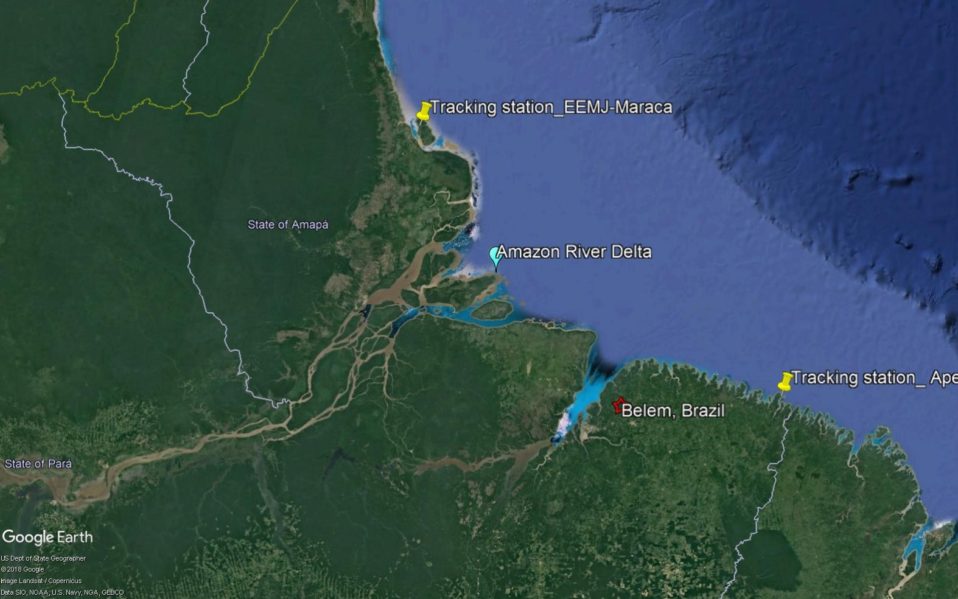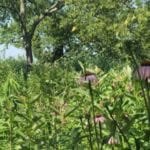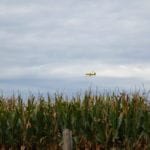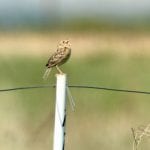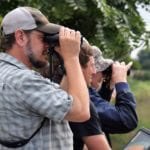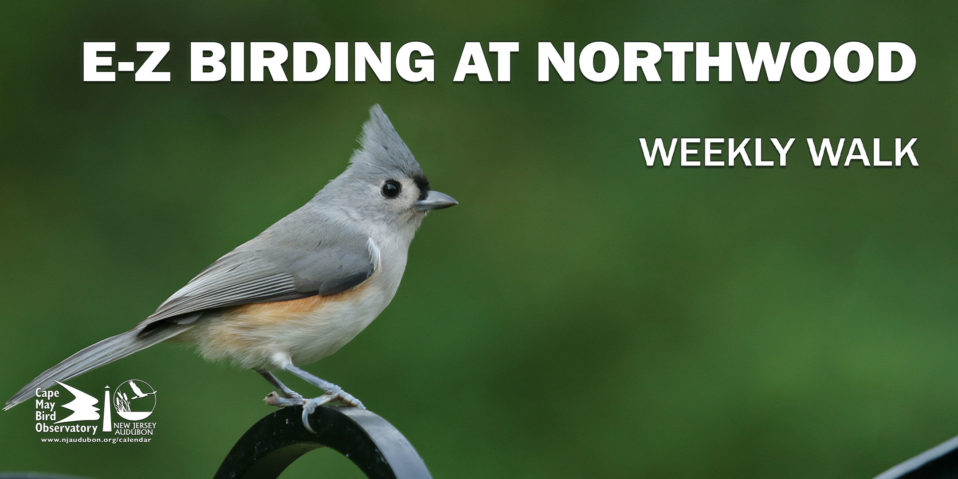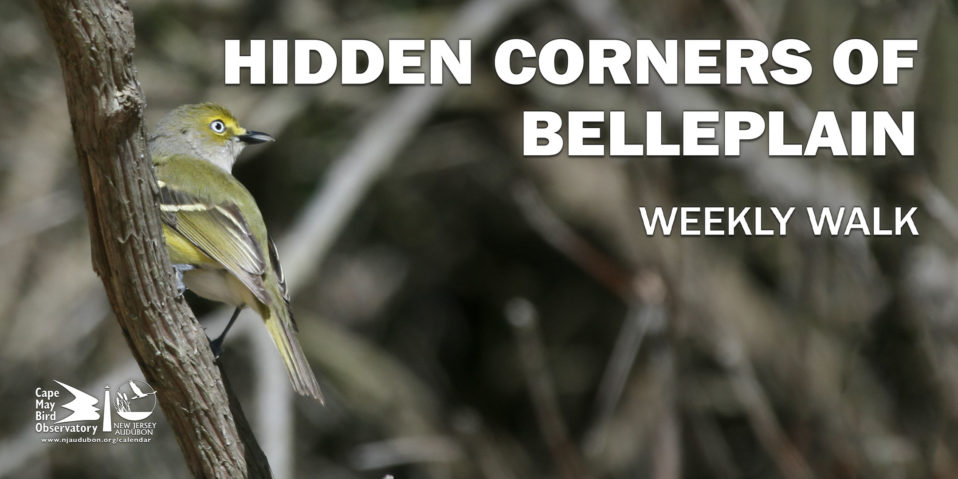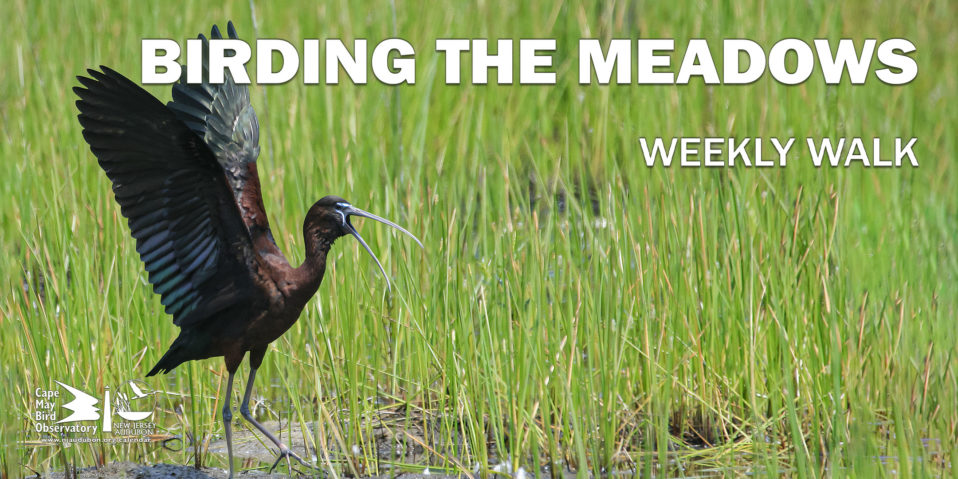NJ Audubon and its partners from Tulane University, the University of Para, CEMAVE (Brazil’s bird management and conservation agency) and ICMBio (Brazil’s protected area management agency) installed the first two automated tracking stations in Brazil. These stations will detect transmissions from Semipalmated Sandpipers (SESA) marked with digital VHF radio tags. The primary purpose of the project is to assess overwinter survival in SESA using the data collected by the tracking stations from tagged birds
The first station was installed at the ICMBio Maracá-Jipioca Ecological Station (EEMJ) in the state of Amapa, which is approximately 200 km northwest of the Amazon delta (see map). The second station was installed in the state of Para, in a remote village called Apeu-Salvador, which is approximately 18 miles west of the River Gurupi, which forms the border with the state of Maranhao (see map).
We deployed 55 digitally-coded radio tags (aka nanotags) and 10 solar-powered radio tags (aka lifetags) at the EEMJ-Maraca site, which was our target for the site. We did this in just two days of catching, which was phenomenal feat. We weren’t as fortunate at the Apeu-Salvador site. It took us 8 trapping sessions to deploy 18 nanotags and 3 lifetags. We had rain the first 3.5 days we were there, which hampered our efforts. Also, we were in the neap tide phase for most of the time and were just starting the spring tide phase as we were wrapping up. The last day, we had 600+ SESA fly through our net array just after we broke camp. We expect to do better next year when we return to deploy more tags




